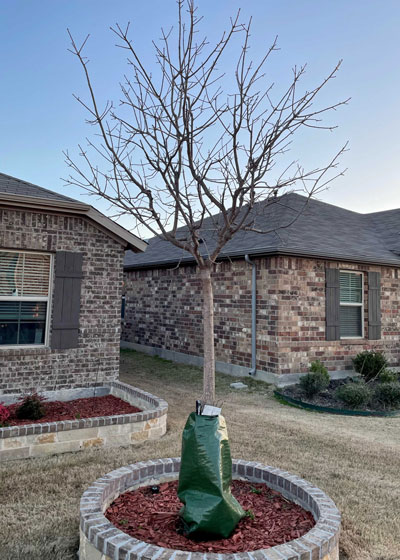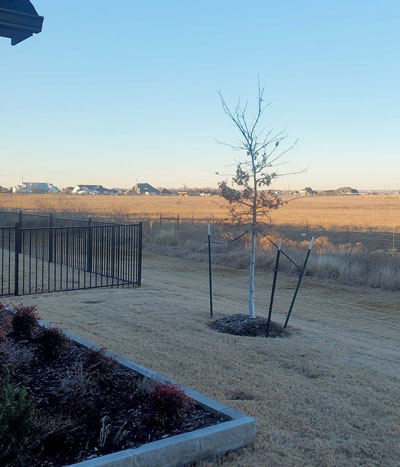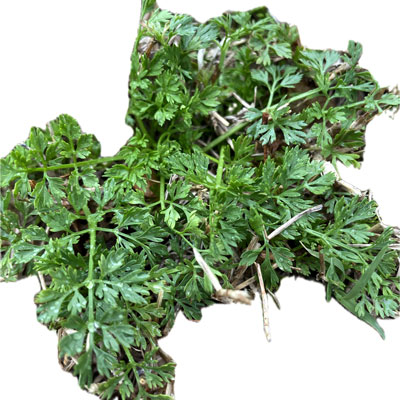Q&A – Ask Neil: March 7, 2024
(Please read these instructions carefully.)
Before you post your question, please look at recent issues to see if someone else has already asked it. You might find your answer there.
How to submit your question…
(Note: You may need to allow a pop-up window to come up in order to get the link for sending your photo(s). If you have already submitted your question and didn’t see the pop-up window, please click here.)
• Click the link provided below to post your question. After you submit your question, a new window will pop up giving you the address to which you can e-mail a SHARP, HIGH-RESOLUTION PHOTO to accompany your question. Please DO NOT SEND THUMBNAIL PHOTOS in case I need to zoom in to see things.
• Click here to post your question.
• Please ONLY POST YOUR QUESTION ONE TIME. We can only accept a set number of questions each week, and when we get duplicates it costs other people their chances.
• One question per reader, please.
• Please use this only for posting questions – not for standard emails.
• Watch for your answer in the following week’s e-gardens.
• I choose those of greatest general interest. For example, plant IDs seldom make the cut.
• I must have your first name or initials.
• I must have your city or county. (Texas is a very large state.)
QUESTION 1
MY CHINESE PISTACHIO IS IN ITS THIRD YEAR. SHOULD I CONTINUE TO USE THE TREE WATERING BAG? SHOULD I CONTINUE TO WRAP THE TRUNK?
Question: I planted my Chinese pistachio in October 2021 and wrapped the trunk as you suggested. I’ve been using a watering bag. Should I continue to use it, and should I rewrap the trunk? Camille N., Fort Worth.

Answer: The roots have extended well beyond the reach of the bag, so I would remove it. Water the entire root system. Yes, I would rewrap the trunk since part of it has been covered by the bag. It’s similar to when we go outside for the first time in the spring. We’re much more vulnerable to sunburn than later in the season. Leave it wrapped the rest of this season. By then hopefully the leaf canopy will cover and shade the trunk.
QUESTION 2
WHAT CAN I DO TO MAKE MY TREE GROW STRAIGHT?
Question: I followed your rules for new trees, wrapping the trunks of my three trees and leaving the stakes. However, the one tree isn’t straight as it’s growing taller. How can I straighten its top? Barbara B., Denton.

Answer: If you look at 20 new trees comparable to yours, you’ll see that almost all of them have crooks in the tops of their trunks that would match yours. This looks absolutely normal. As the tree continues to grow it will fill the space in and give you a perfectly symmetrical tree. I see no call to action from your photo.
QUESTION 3
HOW CAN I FIND A MALE GINKGO?
Question: I read in your book that you have a grafted male ginkgo tree – that it won’t bear the smelly fruit that the female trees produce. I saw one at FDR’s home while on vacation last year, and now I want one. How can I find one? Danielle H., Nocona.
Answer: They’re fairly common in better nurseries, especially in spring on through the fall. In fact, they’re especially abundant when their fall color shines in October and November. Look for a named variety, most notably Autumn Gold. That’s the most common selection, grown for its outstanding bright yellow fall foliage. I don’t believe you’ll ever see a female tree sold in a nursery, but you can always confirm that you’re getting a male selection by looking down toward the base of the trunk. You should be able to see the graft union very easily just a few inches above the surface of the soil.
QUESTION 4
HOW DO I ELIMINATE NUTSEDGE?
Question: I have had nutsedge for years. How do I effectively get rid of it and keep it gone? Milton S., Granbury.
Answer: Use either the original Image or Sedgehammer. Both are products developed specifically for the purpose of eliminating nutsedge. Here is my more complete answer from the FAQ pages of my website: https://neilsperry.com/faq/how-can-i-get-rid-of-nutgrass-5085/
QUESTION 5
CAN I COMPOST MY GRASS CLIPPINGS AFTER THEY HAVE BEEN SPRAYED WITH A HERBICIDE?
Question: I have sprayed these weeds with a 2,4-D amine product (except beneath a live oak) repeatedly. I still have weeds. Then our Master Gardener group said that 2,4-D is persistent so I can’t compost the clippings for 3 years. Is that true? Laura B., Taylor County.

Answer: Ask that they show you that warning on an official EPA label or document (as opposed to a consumer blog). The university and EPA pages I just read for 30 minutes mention persistence being measured in days or a couple of weeks. None mentioned months or years. This is a herbicide that has been in common use for 65 years and I still use and recommend it for any broadleafed weed control. And I found no particular listing of concerns for toxicity to humans or animals. I’ve never heard of 3 years of persistence with clippings. It would not have done anything to control those grasses I see in your photo, of course. In fact, 2,4-D products are used around rice, corn, and other grains. It does look like it may have wounded the henbit. It should have killed it fairly quickly. I wonder if there was some problem with timing or technique.
QUESTION 6
HOW CAN I ELIMINATE BERMUDA WITHIN MY JUNIPER GROUNDCOVER?
Question: My juniper groundcover is infested with bermudagrass. Digging it out by its roots is impossible. If I wait until the bermuda is growing in a few weeks (above the juniper), can I wipe it with a Round Up-soaked rag to kill it? Jack K., Brazos County.
Answer: You wouldn’t have enough of it extending far enough out of the juniper to get much control. I have lived your nightmare, and I think I have a better idea. Use a thin piece of plywood that you can slide in beneath the juniper’s branches. Your goal will be to lift them enough that you can separate the bermuda runners from the juniper stems so that you can cut the bermuda runners off where they come out of the soil. Then, while you have it all exposed, slide pieces of weed-blocking fabric in beneath the juniper branches. Overlap them by 3 or 4 inches (like shingles) so the bermuda runners won’t be able to sneak out through the seams. While you still have the plywood lifted or propped up off the ground, carefully conceal the weed-blocking fabric with mulch or compost for good looks, then lower the plywood and juniper branches down to the ground. Slide out the plywood and you should have a tidy bed that will also discourage bermuda. Then, yes, if any does sprout up from the necks of the juniper plants, you can use a painter’s mitt dipped in glyphosate herbicide to wipe the weedkiller across the new growth. Keep the glyphosate off the juniper twigs, and be sure you are using a product that contains glyphosate only (no other active ingredient).
QUESTION 7
HOW CAN WE KILL THIS WEED?
Question: My elderly neighbor has a weed that needs to be identified so that we can kill it. So far the weedkillers he has used have not worked. Susan G., Fort Worth.

Answer: You don’t actually have to identify a weed down to its specific name to determine the best means of controlling it. Is it a grass, or is it not a grass? If the latter, then a broadleafed weedkiller (2,4-D) will eliminate it. That’s the case here with this wild carrot. Spray while there is ample active growth on a warm, sunny day. Don’t mow for several days before or after you spray. Read and follow all the instructions for best results.
